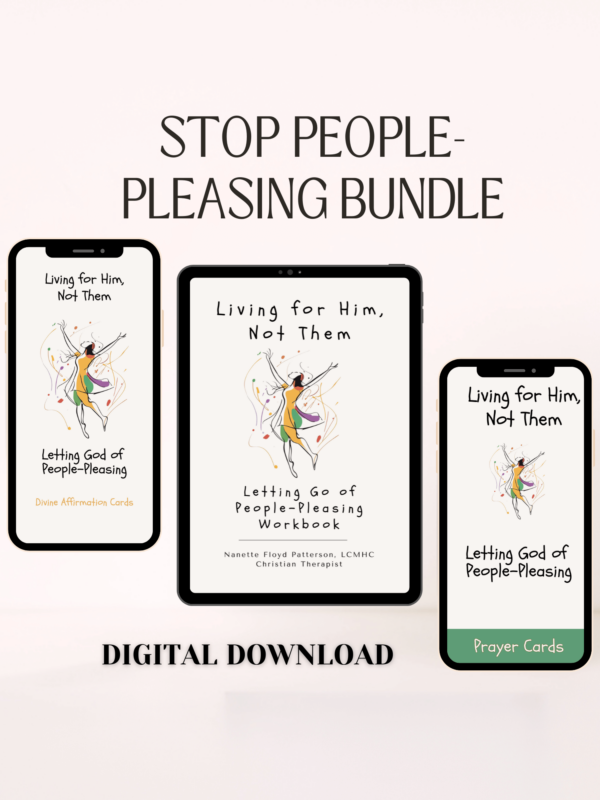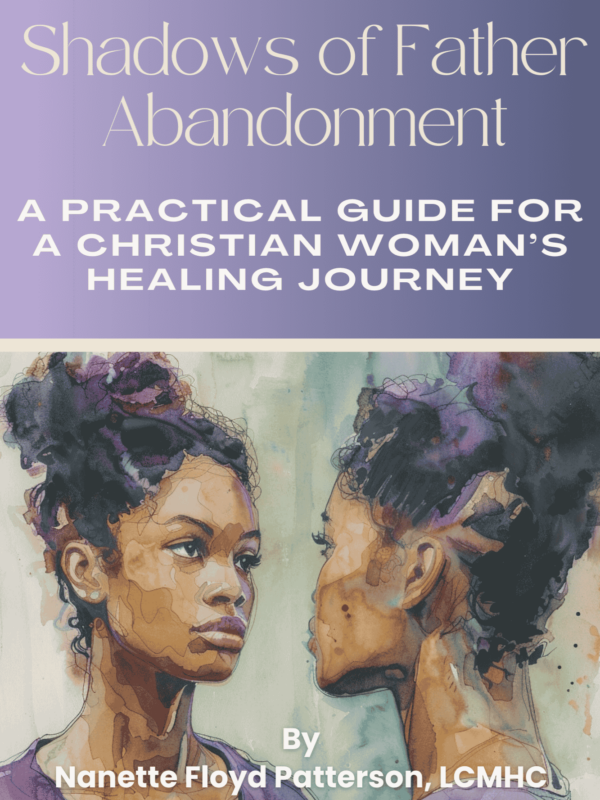
At one point, every time I turned around, on social media, in conversations, in articles, someone was talking about gaslighting.
“They’re gaslighting me!”
“They’re good at gaslighting!”
And yes, gaslighting is real. People do it all the time, minimizing, distorting, or dismissing the emotions and experiences of others.
But then I realized something. What about the times we gaslight ourselves?
We can talk all day about how to handle external gaslighting, but here’s the reality…we can’t always control how other people treat us. We can set boundaries, call out manipulation, or even walk away, but at the end of the day, we can’t force others to validate our emotions.
What is within our control, however, is how we talk to ourselves.
What if the biggest gaslighting voice in your life isn’t from someone else, but from YOU?
If you’ve ever dismissed your emotions, questioned your own reality, or told yourself you were “overreacting” before anyone else could, you may be engaging in self-gaslighting. And today, that’s what I’m focusing on, not how others dismiss you, but how you dismiss yourself.
Let’s talk about it.
What Is Self-Gaslighting?
Self-gaslighting happens when you invalidate your own emotions, thoughts, or experiences. Instead of trusting yourself, you question, minimize, or reject what you feel, often before anyone else even has a chance to.
This isn’t something you just wake up one day and decide to do. It’s learned behavior. Most people who self-gaslight do so because they were repeatedly invalidated by others, parents, teachers, friends, partners, or even church leaders. Over time, they internalized the belief that their emotions were unreliable or too much.
So now, when you feel something strongly, your automatic response is:
- “Maybe I’m just overreacting.”
- “I’m probably being too sensitive.”
- “It wasn’t that bad.”
- “I should just get over it.”
The result? You silence yourself before anyone else even has to.
Signs You Might Be Gaslighting Yourself
✔ You frequently downplay your emotions. (“I shouldn’t feel this way.”)
✔ You struggle to trust your own memory of events. (“Maybe I imagined that.”)
✔ You justify others’ hurtful behavior. (“They didn’t mean it like that.”)
✔ You apologize excessively for expressing your feelings. (“Sorry, I know I’m being dramatic.”)
✔ You feel guilty for setting boundaries. (“Maybe I’m asking for too much.”)
✔ You ignore red flags in relationships because you think you’re being too sensitive.
Guess what? If you want to GROW through your tendency to gaslight yourself, you can unlearn this pattern.
Breaking the Cycle: How to Stop Self-Gaslighting
Step 1: Recognize When You’re Doing It
The first step in stopping self-gaslighting is awareness. Pay attention to your thoughts. When you start dismissing yourself, ask:
“Would I say this to a close friend if they were struggling?”
If the answer is no, then you are likely gaslighting yourself.
Step 2: Challenge the Thought & Replace It with Self-Validation
Here’s how to reframe invalidating thoughts and start affirming your emotions:
| Self-Gaslighting Thought |
Self-Validating Replacement |
| “Maybe I’m overreacting.” |
“My feelings are real, and I deserve to express them.” |
| “I’m probably just being dramatic.” |
“I’m allowed to feel things deeply.” |
| “It wasn’t that bad.” |
“What I experienced affected me, and that matters.” |
| “I should just get over it.” |
“Healing takes time, and I deserve to process my emotions.” |
| “I shouldn’t feel this way.” |
“My emotions are valid, even if others don’t understand them.” |
Action Step: Write down a recent self-gaslighting thought and replace it with a validating statement.
Step 3: Learn to Validate Your Own Experiences
You don’t need external approval to confirm your emotions. Start practicing self-trust with statements like:
✔ “What I felt was real, even if someone else sees it differently.”
✔ “I don’t need anyone’s permission to feel what I feel.”
✔ “I am allowed to trust my own experiences.”
Action Step: Next time you catch yourself doubting your emotions, take a deep breath and repeat: “I trust myself. My feelings matter.”
Step 4: Create a Self-Validation Script
Since self-gaslighting happens automatically, it helps to have a go-to script you can use when you start doubting yourself.
Here’s an example:
“I am allowed to feel what I feel. Just because someone else doesn’t understand or agree with my emotions doesn’t mean they aren’t real. My experiences matter, and I deserve to honor them.”
Now, write your own validation statement:
_“I am allowed to feel ________ because _______.”
Step 5: Surround Yourself with Emotionally Safe People
If you’ve been invalidated for years, it’s important to connect with people who uplift and validate you. Look for:
✔ Friends, mentors, or therapists who respect your emotions.
✔ Communities that encourage open, honest expression.
✔ Faith-based encouragement that reminds you that God sees and understands your emotions.
Action Step: Identify one emotionally safe person you can talk to when you need support.
Final Encouragement: You Don’t Have to Shrink Yourself
If you’ve been gaslighting yourself for a long time, it may feel uncomfortable to start validating your emotions. But healing starts when you believe that your emotions are not ‘‘wrong’. They are part of your story.
You don’t have to shrink yourself to make others comfortable.




